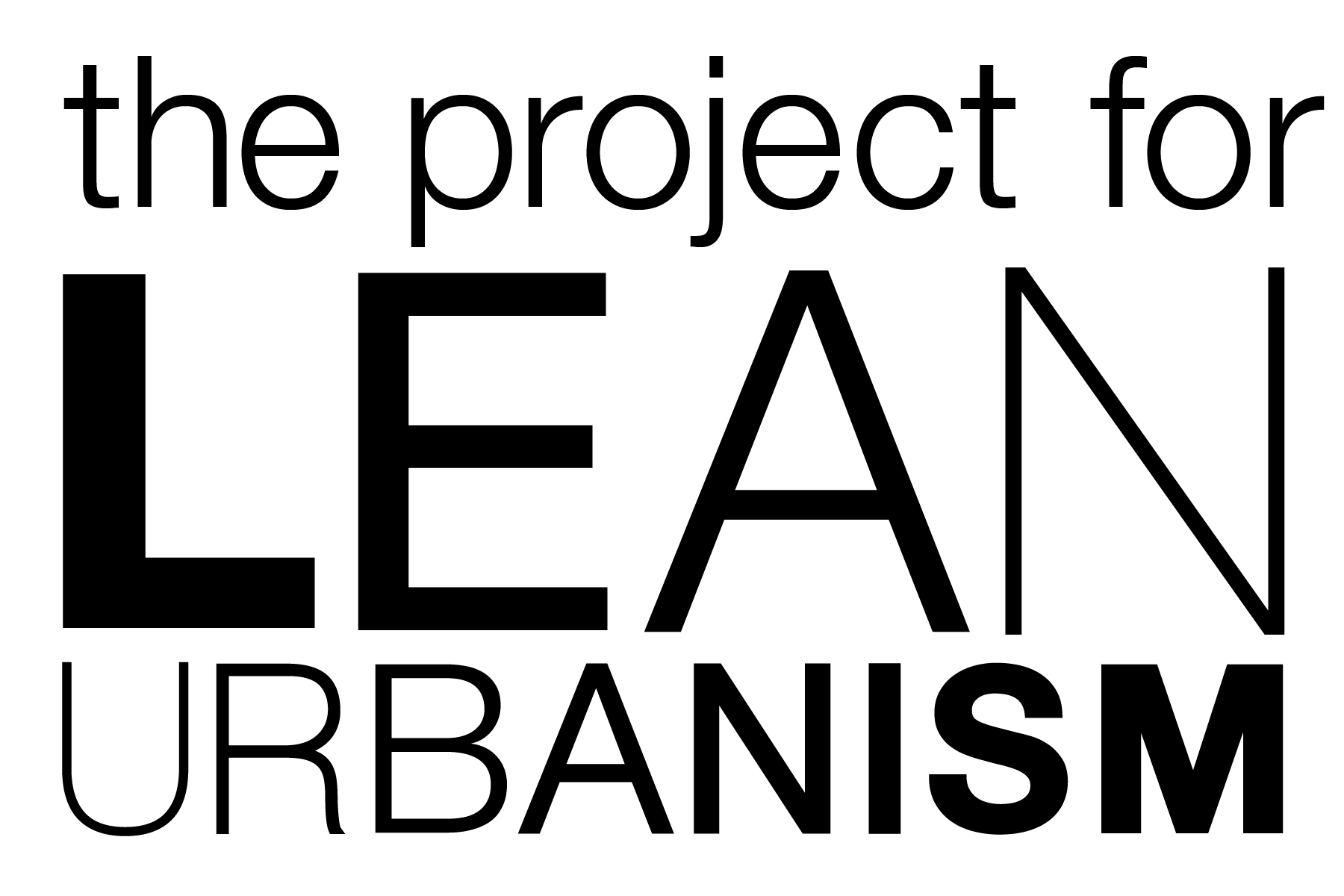Lean Urbanism unleashes the power of small-scale economic development by identifying barriers to small-scale development and entrepreneurship and by finding low-cost and straightforward solutions to lower those barriers. The solutions are implemented in Pink Zones to encourage and facilitate the creation of small businesses and enable revitalization in specific areas.
What Are Pink Zones?
Pink Zones are areas where Lean Urbanism strategies are implemented. They’re areas where red tape is lightened, where barriers are lowered, where it’s easier, faster, and cheaper to create small businesses and develop small properties. When tested and proven effective, those strategies can be applied to other parts of communities.
Pink Zones are typically small, carefully defined locations that contain viable mixes of homes and businesses. Their small size makes it possible to concentrate resources, focus public and private initiatives, and energize existing businesses and residents.
Why Lean Urbanism?
Lean Urbanism recognizes the value that vibrant, thriving networks of small businesses, small spaces, and small developments bring to their communities. They contribute to local markets by making them more diverse, robust, and sustainable. They help local economies by providing more jobs and keeping wealth local. They contribute to inclusivity and shared prosperity by enabling participation in community-building. And they strengthen local tax bases by contributing significantly more property and sales taxes per acre while costing much less for infrastructure and services.
Lean Urbanism also recognizes that placing the same requirements on all projects regardless of scale puts a disproportionate burden on small projects. It’s a pragmatic response to the reality that complex requirements and processes impede small businesses and projects and favor big projects by big companies and developers.
How to Use This Manual
The Pink Zone Manual will guide you through sequential and detailed instructions to help you implement a Pink Zone in your community. It consists of five sections:
- Is a Pink Zone Right for You? helps you set your goals and identify who can help you in your effort.
- Before You Start focuses on selecting candidate Pink Zone areas, preparing talking points, informing the community, and collecting relevant data.
- Lean Scan Assessment identifies assets, barriers, and solutions within the Pink Zone.
- Pink Zone Workshop brings together municipal departments and other relevant parties to agree on new protocols for the Pink Zone.
- Implementation and Evaluation describes how to make the new Pink Zone protocols operational and ensure their effectiveness.
The Pink Zone Manual emphasizes action. Each section is broken down into Steps and includes a To Do list with specific actions to take. The Manual also includes an Appendix with additional checklists, talking points, handouts, strategies, and interview guides to use while creating the Pink Zone.
Download a free pdf of the Pink Zone Manual or buy the book and ebook. Read the Manual and highlight what is relevant for your community. Use it and share it with people you intend to recruit, seek advice from, or otherwise engage.


